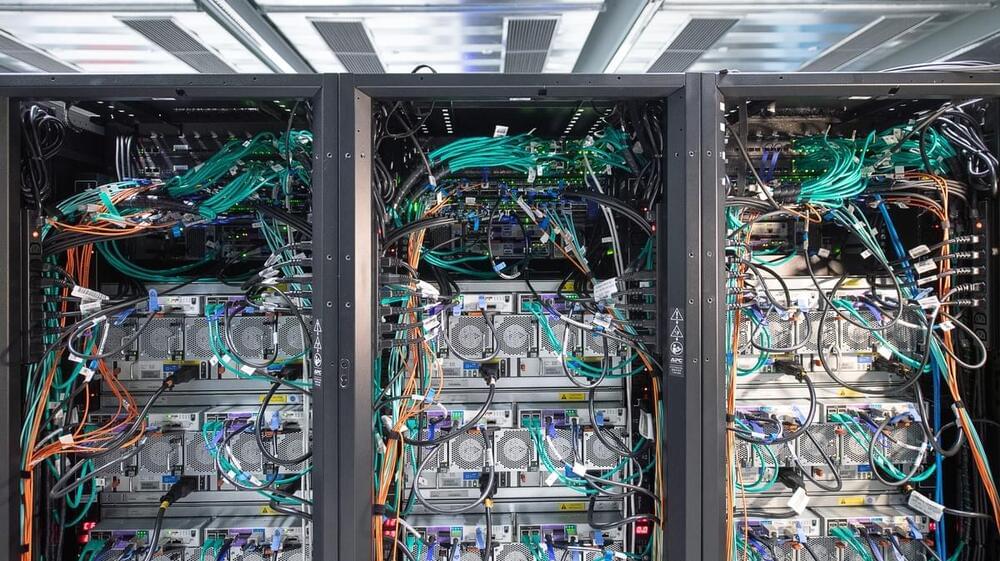Feb 11, 2023
Hubble Telescope Gauges Mass of Lone White Dwarf Using Einstein’s Gravitational Microlensing
Posted by Dan Breeden in categories: evolution, space
Science Daily reports that the astronomers found out that the mass of this lone white dwarf is equivalent to 56% of the sun’s weight. It aligns with previous theoretical predictions regarding the white dwarf’s mass, and it also sheds light on persisting theories regarding the evolution of these white dwarfs as a result of usual star evolution. The interesting observation grants further understanding of theories regarding white dwarf composition and structure.
According to the Space Academy, the astronomers made use of the renowned Hubble Space Telescope to gauge this lone white dwarf’s mass. The dwarf is known as LAWD 37.


















